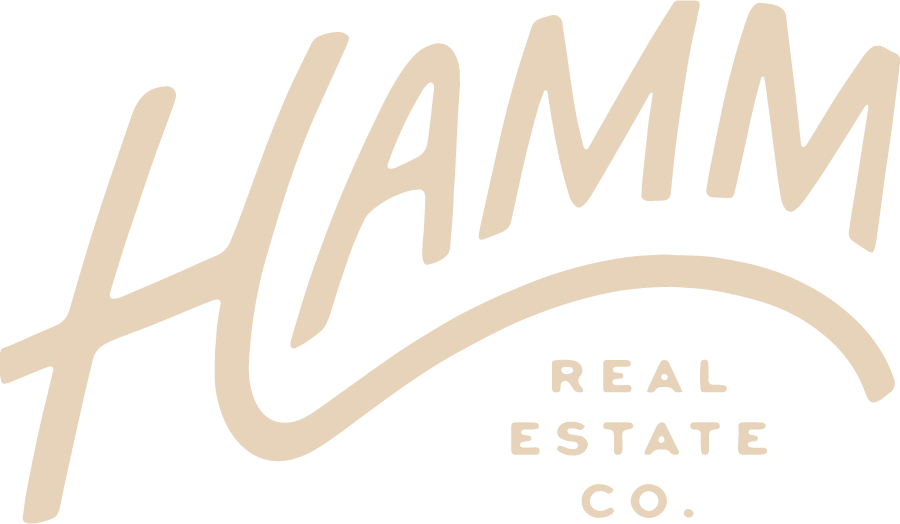One of the biggest pieces of advice I give to homebuyers is to have a sewer scope performed during their home inspection period. I also recommend that current homeowners schedule regular maintenance for their sewer line (cleaning, scoping, etc).
So, what exactly is a sewer scope and why is it important? Let’s dive in (literally)!

Sewer scopes are a video inspection of your home’s main sewer line. A professional will arrive at the home with specific camera equipment, that looks something like the photo to the right.
The machine has a camera that is attached to a long hose, and the sewer technician will push the camera all the way through your sewer line to the city connection point. They’ll narrate the video and point out areas of concern. You’ll then receive the entire video from the sewer technician along with a written report!
The majority of sewer lines in Minneapolis and Saint Paul proper consist of mostly clay tile but can also consist of cast iron, or newer materials like PVC. Clay tile lines are probably the most common with older homes in Minneapolis and Saint Paul and are also susceptible to a few common issues.
Clay tile sewer lines consist of small sections of clay pipe pushed together. Where the clay pipes meet is considered a joint. These joints are susceptible to movement, shifting, and also are great candidates for tree root invasion! Don’t worry though, tree roots can typically easily be removed with a sewer line cleaning.

So what’s a homebuyer to do if there is a sewer issue during their inspection? Talk with your agent and see if you can negotiate that the seller will repair the line or contribute money to help repair it in the future. Keep in line these old sewer lines are FAR from perfect. Hairline cracking and tree root growth are fairly common to see in clay tile sewer lines.
If you already own a home I would recommend making sure your homeowner’s insurance has main sewer line coverage in the policy or that you have a sewer line rider. In my opinion this is one of the most important aspects of homeowner’s insurance. A great deal of insurance companies do not provide this in their normal policy, and some do not even have it as a rider (aka add-on) option. (For example, I know AAA does not provide any sewer main line coverage at all). If your company does provide main sewer line coverage I would read the policy thoroughly and make sure it would cover a claim due to things like deterioration, tree roots, and cracking. Some policies will only cover the damage if it’s an environmental disaster or event (i.e. a massive tree fell in the yard and somehow impacted the sewer line). Some policies won’t cover the line for normal wear and tear – which is what you’d be looking for.
In my opinion, one of the best sewer line policies is through Farmer’s Insurance. My wife and I are insured through them and have Natalie Lyon as our agent (she is absolutely incredible!).
Next, I would recommend regularly scheduling a sewer line cleaning for your home every few years. Just like you schedule a tune-up for your furnace, boiler, or A/C unit you should add a sewer cleaning into your routine home maintenance plan.
A few of my go-to sewer cleaning companies are Drain Busters and Ron the Sewer Rat. If you have any more questions on sewers feel free to reach out – happy to answer them!
Image sources: Garvin’s Sewer Service Inc, Inspector Outlet, & Warner Service

